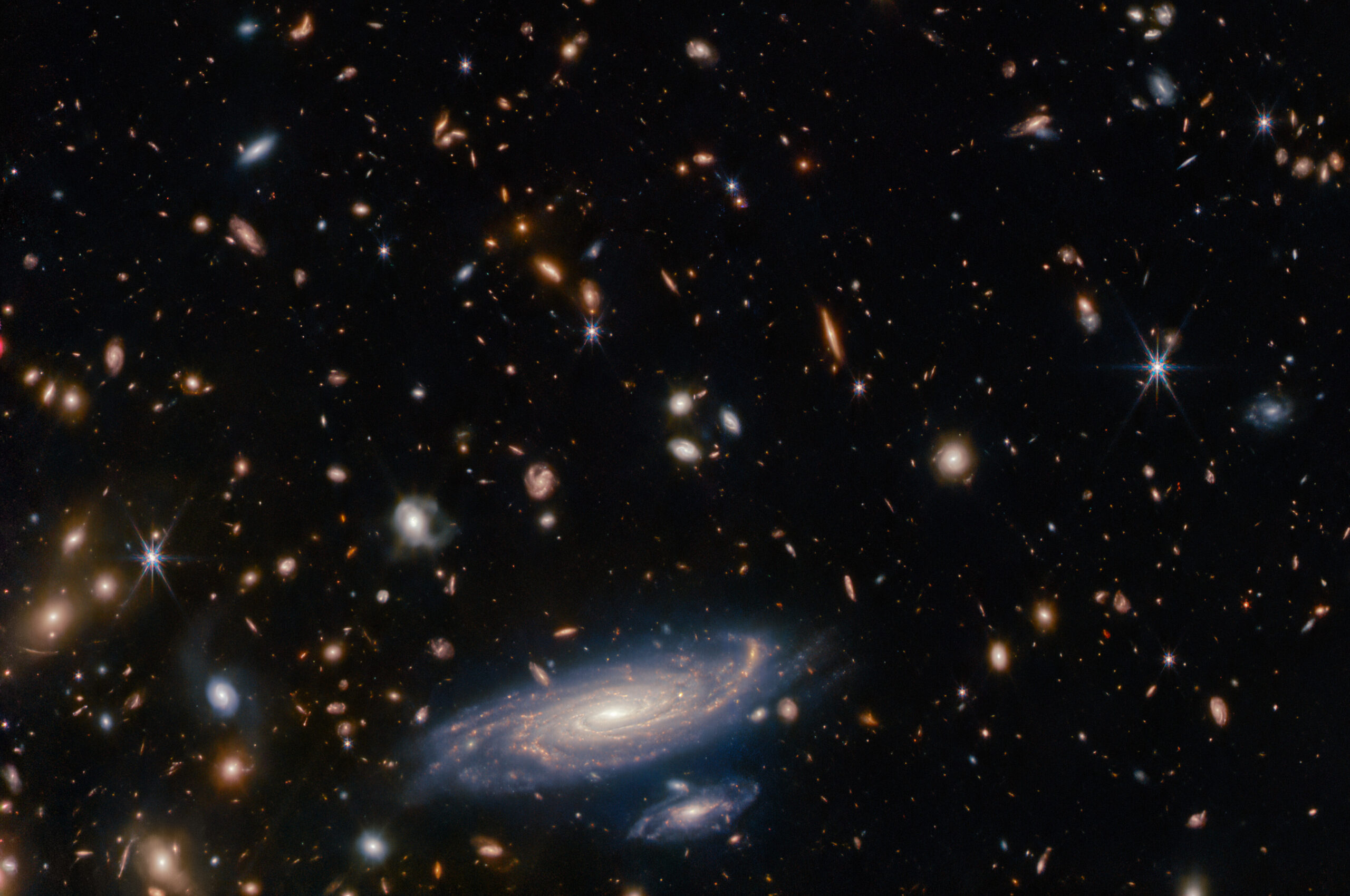The paradigm shift that space weather is real, relevant, and knowable to a general audience is not as impossible as once imagined. Although it remains an extremely difficult topic to convey, new modes of communicating space weather to a very eager public are becoming available. In return, the appetite for more timely and accurate space weather information by the public is driving more robust observation and prediction methodologies in forecasting space weather events. One such example is in the raised awareness of “stealth” Coronal Mass Ejections (CMEs), which are CMEs that are often observed in coronagraph data but not in coronal images. These events often cause problem geomagnetic storms because they go unnoticed until they hit Earth. Largely identified during the deep minimum of cycle 23/24, stealth CMEs appear to be on the rise. Since solar cycle 25 brings with it the possibility of yet another low activity cycle, it is very likely that the number of stealth CMEs will remain a significant fraction of ejecta, which presents additional challenges for the forecasting community. We investigate the properties of stealth CMEs, paying special attention to their proximity to coronal holes. We note the existence of mismatched polarity reversals in the magnetic field and electron strahl measured in situ within ICMEs associated with stealth CMEs and discuss the plausibility of interaction with solar wind emanating from coronal holes as a key element of stealth CME eruption. Finally, we discuss how these near-invisible events have defined a new form of “extreme” when it comes to space weather forecasting, which demands new observational techniques be employed to more routinely detect these events, and we illustrate the kinds of public beneficiaries of these improvements in forecasting, demonstrating the intersection of heliospheric science, meteorology, and public use of space weather information.
Tamitha Skov holds B.S. degrees in physics and physical chemistry, as well as M.S. and Ph.D. degrees in geophysics and planetary physics from the University of California at Los Angeles (UCLA). In 2004 she joined The Aerospace Corporation in Los Angeles where currently she is a Research Scientist in the Physical Sciences Laboratory. In 2019 she joined Millersville University as an adjunct professor, teaching a graduate curriculum in space environment and policy. Tamitha works primarily in the fields of solar and space physics research and in the testing of spacecraft materials in realistic space radiation environments. She has been an instructor at The Aerospace Institute and has served as an audio forensics analyst and instructor for the National Law Enforcement and Corrections Technology Center (NLECTC), funded by the Department of Justice. Her forecasting work as the “Space Weather Woman” is widely known on social media such as You Tube, Twitter, and Facebook. Tamitha has been featured in Popular Science Magazine, MIT Technology Review, and on television shows for The Weather Channel and The History Channel. She makes regular appearances on TMRO.TV for Space News and TwiT TV for Ham Nation, doing space weather forecasts under her amateur radio callsign WX6SWW. Tamitha Skov is also Co-Leader together with N. V. Nitta of the ISSI Team#415 workin on Understanding the Origins of Problem Geomagnetic Storms.
Webinar was recorded on December 9, 2021
